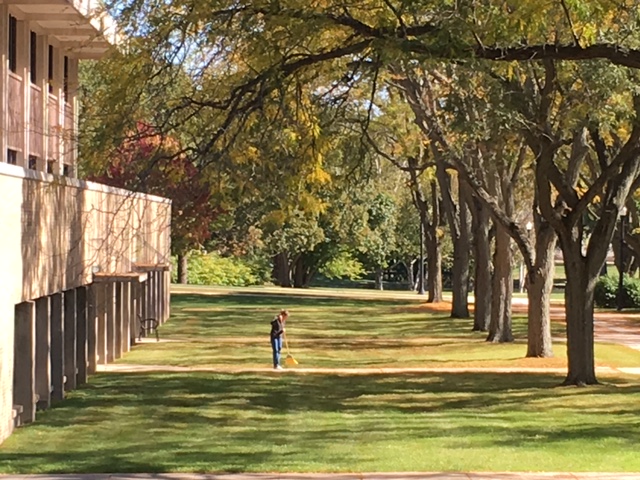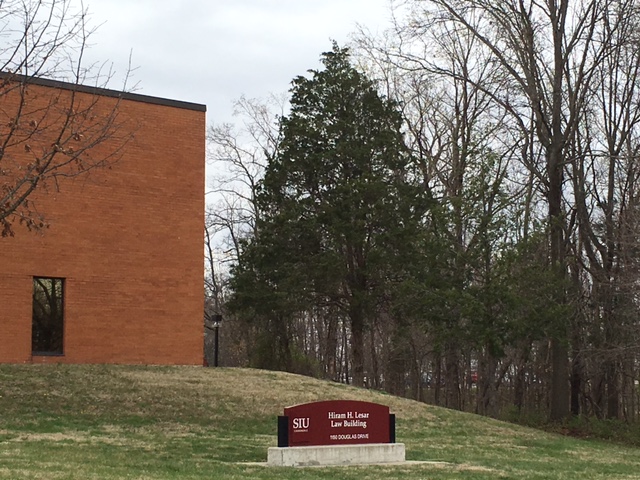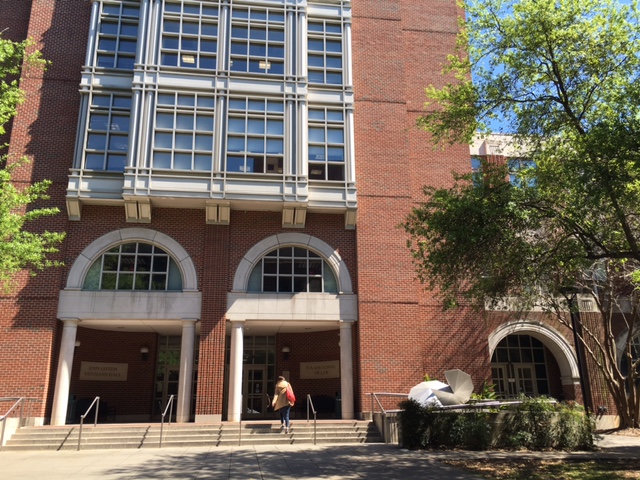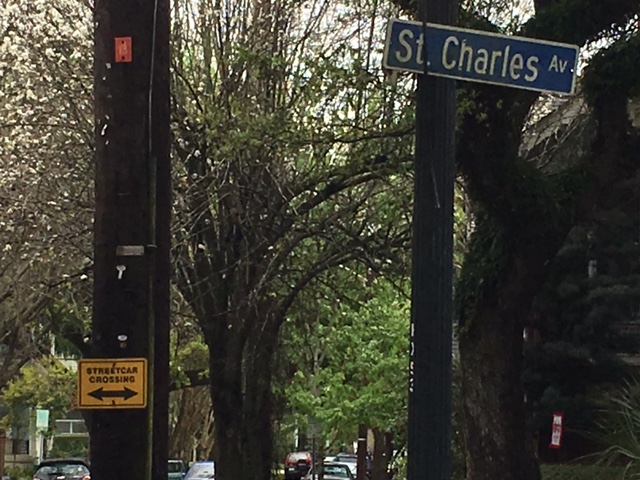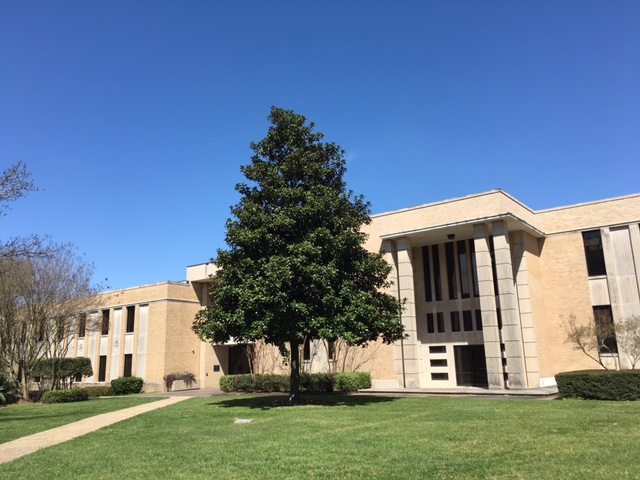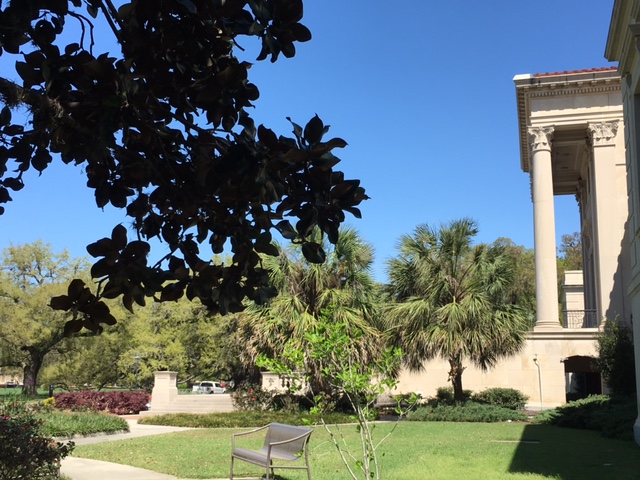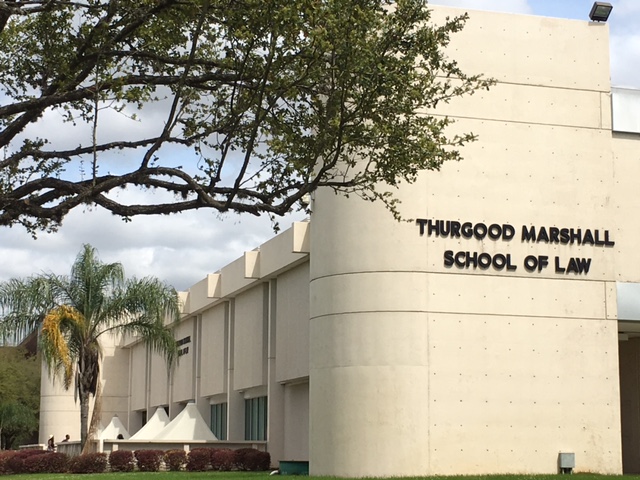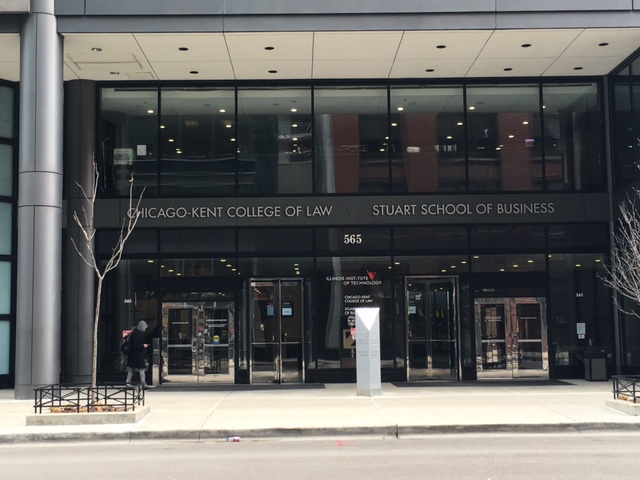
Chicago offers some of the best law schools in the country, and IIT Chicago-Kent College of Law boxes well above its weight here. It offers a rich history and an impressive array of leadership from its graduates, programs and innovations like an in-house legal clinic that operates as a law firm, and an early focus on technology and innovation.

